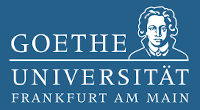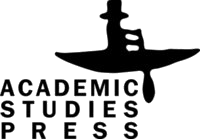The Reward of the Righteous and the Punishment of the Wicked in the Eschatological Perspective of the Aramaic Targum of the Book of the Prophet Isaiah
DOI:
https://doi.org/10.31168/2658-3356.2023.4Keywords:
Aramaic language, biblical studies, Isaiah, Targum, translation techniques, eschatologyAbstract
The Aramaic Targum of Isaiah is a part of the Targum of Jonathan, which is the “official” Targum of the Prophets section of the Jewish Bible. The creation of this text, written in literary Western Aramaic by various translators and editors, is debated among scholars. The Targumist transformed the Hebrew original to address exegetical problems known to them. While dating and theological features of the Targum of Isaiah have been studied, the translation techniques used by the Targumist are not well understood. This article aims to examine the techniques used by the Targumist when translating passages about the fate of the righteous and the wicked, as well as the changes made to the original text. The Targumist eliminates metonyms found in the original text and introduces concepts from contemporary theology, such as “consolation” and “reward” for the righteous, and “retribution” and “second death” for the wicked. The article also focuses on verses 64:3 and 66:24 of the Targum Isaiah, which reflect theological ideas similar to the New Testament but with fundamental differences. The Targum emphasizes the contrasting fates of the righteous and the wicked. These translation and editing techniques allow the Targumist to develop the theme of eschatological reward for the righteous and punishment for the wicked in more detail than the Hebrew original of the book of Isaiah.












